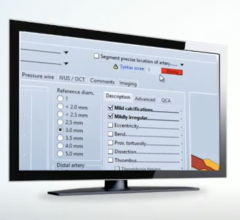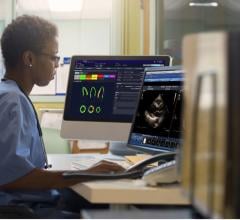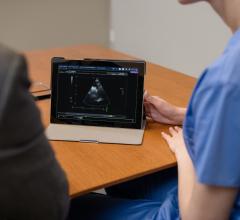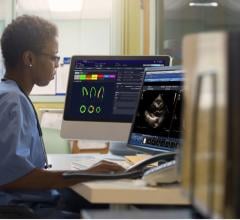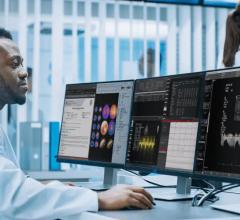Cincinnati, Ohio-based The Christ Hospital Health Network’s Heart and Vascular Center is committed to delivering the highest quality of care to its patients. They recently deployed an integrated cardiovascular information system (CVIS) in order to support this commitment to quality.
The foundation of the hospital’s Lumedx CVIS — the Apollo clinical data repository — interfaces with the Heart and Vascular Center’s existing systems, including the hemodynamic system, labs, pharmacy, and others. Integration reduces potential data-entry errors because users enter clinical information only once.
Implementing the Lumedx system also has enabled the Heart and Vascular Center to utilize electronic analytics, creating sophisticated reports from data aggregated in Apollo.
“We used to hand-tabulate all of our data,” said Data Analyst Cheryl Bartone. “With Apollo, we’ve been able to reduce the time that it takes to query our patient data and run a report. And although I am the analyst, it’s user-friendly enough that if I am out, other staff members can go into the system and create the reports they need.”
Analytics Reports: Faster, Better
Physicians at the Heart and Vascular Center require quick and comprehensive reports in order to review procedures and analyze outcomes. They frequently request information that is more recent than and/or not summarized in quarterly registry reports.
“We regularly receive off-the-cuff requests for information that the physicians need for scientific inquiries,” Bartone said. “When we were using a manual system, it would take a long time to get the data they required. I created spreadsheets in response to each physician request. Now I can query the system and pull together our outcomes information quickly.”
Quality Improvement Initiatives
The Heart and Vascular Center uses the reports it generates from Apollo to support quality improvement programs, improve processes, reduce costs, and optimize patient care.
“We’ve seen great results with the open heart extubation program,” Bartone said. “The staff and physicians have a better understanding of the data, and have made improvements to their methods accordingly. Since we’ve gone to Apollo it has been like night and day — now we are able to trust the data and use it to make procedural adjustments that benefit the patient and our overall service line performance.”
The Heart and Vascular Center also runs reports to identify improvement opportunities in the following areas:
• Discharge: Using reports generated in Apollo, the hospital’s Throughput Committee analyzes how a patient moves through the system and works to streamline the discharge process. ?
• Door-to-balloon times (D2B): Reports drill down to the patient level in order to determine current D2B times and make improvements in order to reduce them.
To track information on access site hematomas and how to prevent them, the hospital turned to its software vendor, Lumedx, to develop custom reports. The reports now support the Access Site Hematoma Committee’s research and improvement initiatives, and help the committee reduce complications following patient procedures.
As cardiology and healthcare technology both evolve, The Christ Hospital Health Network’s Heart and Vascular Center works to adapt and introduce new technologies and treatments to improve care.
“The reports that I’m asked to create are constantly changing,” Bartone said. “Before we started using Lumedx software, it took a great amount of effort and time to generate meaningful reports. But now our physicians have quick access to their data and have confidence in the reports. They can use that information to make improvements that will help us to grow in the future.”


 June 27, 2022
June 27, 2022 

